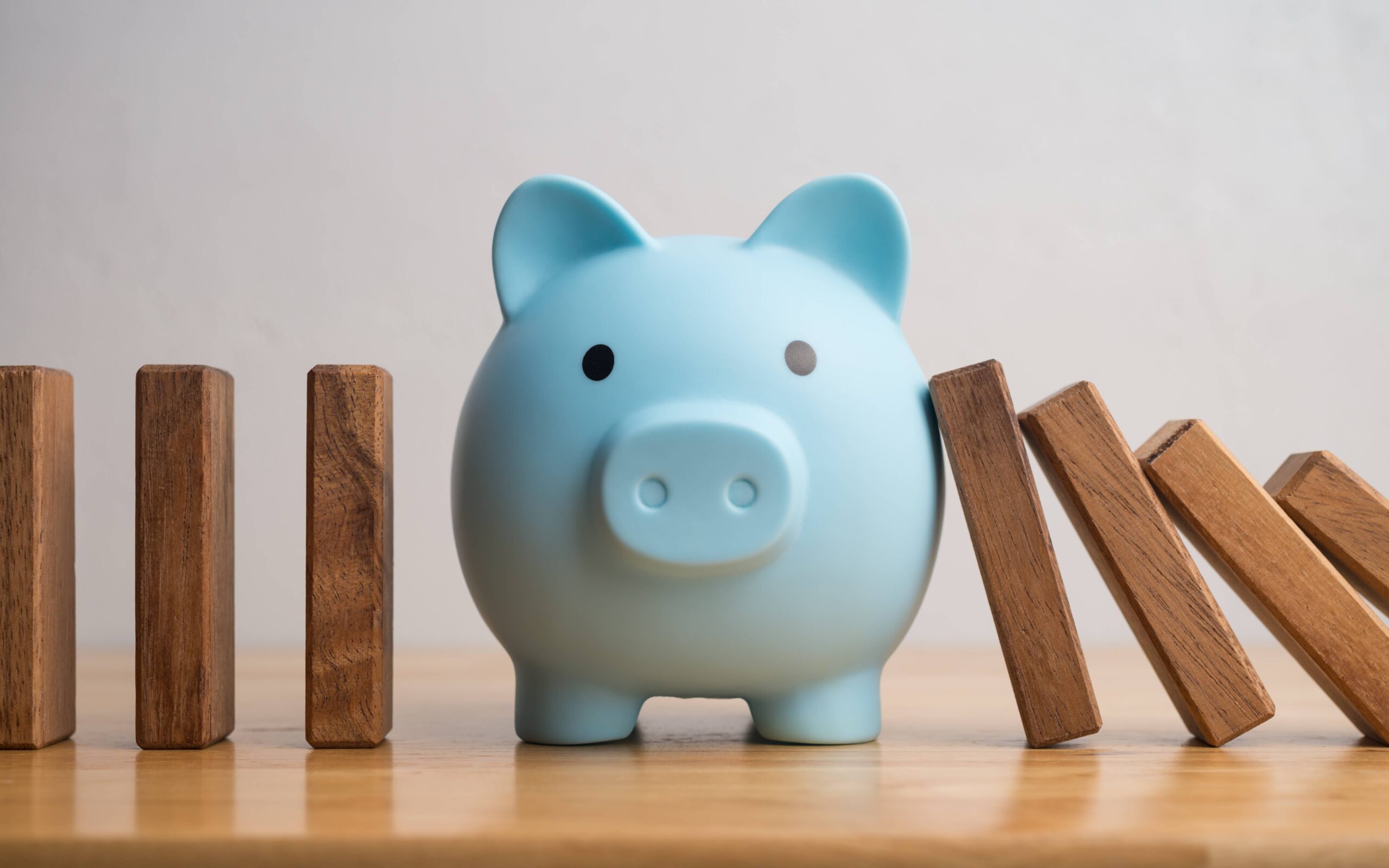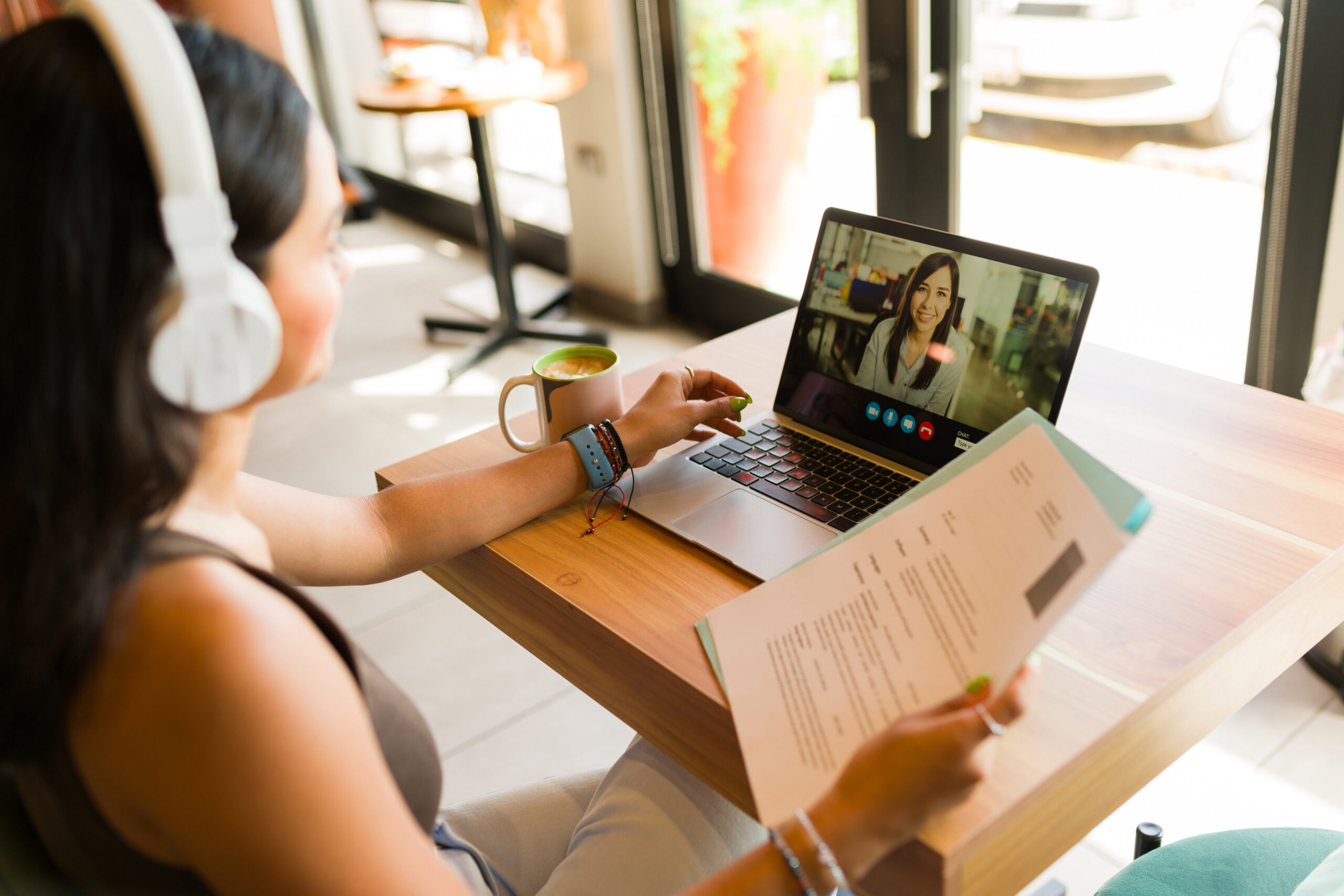Life is full of surprises—some good, some expensive. From car repairs to medical bills to job loss, unexpected costs can throw your budget into chaos if you’re not prepared. That’s where an emergency fund comes in. Having a financial cushion can help you stay calm and in control when the unexpected happens. Learn why it matters and how to build one step by step.
What Is an Emergency Fund?
An emergency fund is money set aside specifically for unplanned expenses. It’s not for vacations, new gadgets, or impulse purchases—it’s for real emergencies that would otherwise derail your finances.
✔ Car breakdown
✔ Sudden medical expenses
✔ Home repairs
✔ Job loss or reduced hours
✔ Emergency travel for family matters
💡 Tip: Think of your emergency fund as your “peace of mind” account—it’s there when you need it most.
Why You Need One (Even If Money Is Tight)
Even if you’re living paycheck to paycheck, having a small emergency fund can:
✔ Prevent credit card debt or overdraft fees
✔ Cover bills during job gaps or unexpected expenses
✔ Help you avoid borrowing from friends or family
✔ Give you more financial freedom and confidence
💡 Tip: Starting small is better than not starting at all. Even $100 can make a difference in an emergency.
How Much Should You Save?
The ideal amount depends on your income and expenses, but here’s a basic guide:
✔ Starter goal: $500 to $1,000 – Enough for small emergencies
✔ Next goal: 1 month of expenses – Great buffer if your income changes
✔ Long-term goal: 3 to 6 months of expenses – For job loss or bigger financial disruptions
💡 Tip: Don’t stress about hitting the full amount right away—build it gradually over time.
Where to Keep Your Emergency Fund
You want easy access in an emergency, but not so easy that you’re tempted to dip into it.
✔ High-yield savings account – Safe, earns interest, and easy to access
✔ Separate savings account – Helps keep it out of sight and out of mind
✔ Avoid checking accounts or cash at home – Too tempting and not secure
💡 Tip: Name the account something motivating like “Emergency Fund” or “Rainy Day Fund” so you stay focused.
How to Build Your Emergency Fund (Even on a Tight Budget)
📌 1. Start with Small, Automatic Transfers
✔ Set up a weekly or monthly transfer—$5 or $10 adds up over time
✔ Treat it like a bill you pay yourself
📌 2. Use Spare Change Apps
✔ Apps like Acorns or Qapital round up purchases and stash the difference
✔ Great for saving without feeling the pinch
📌 3. Save Windfalls or Extra Cash
✔ Tax refunds, bonuses, or birthday money can boost your fund quickly
✔ Toss in gift cards or unused rebates if you can
📌 4. Cut One Small Expense and Redirect It
✔ Skip one fast food meal or coffee each week and put that money into savings
✔ Cancel a subscription and redirect the monthly cost
💡 Tip: Challenge yourself with a “no-spend week” and add what you would’ve spent to your emergency fund.
What NOT to Do with Your Emergency Fund
🚫 Don’t invest it in stocks—it needs to be stable and accessible
🚫 Don’t use it for planned expenses like rent, birthdays, or holiday shopping
🚫 Don’t mix it with your regular spending money
💡 Tip: If you dip into it for a real emergency, that’s okay—just rebuild it as soon as you can.
How to Stay Motivated While Saving
✔ Track your progress with a chart or goal tracker
✔ Celebrate mini-milestones (like hitting your first $100)
✔ Remind yourself what you’re protecting—your peace of mind and financial security
💡 Tip: Involve your family or partner so everyone supports the goal together.
Final Thoughts: Your Emergency Fund Is Your First Line of Defense
You don’t need to save thousands overnight. The key is starting where you are and building consistent habits. An emergency fund gives you breathing room when life throws curveballs—and that kind of security is priceless. Keep it simple, stay consistent, and watch your safety net grow one deposit at a time.



